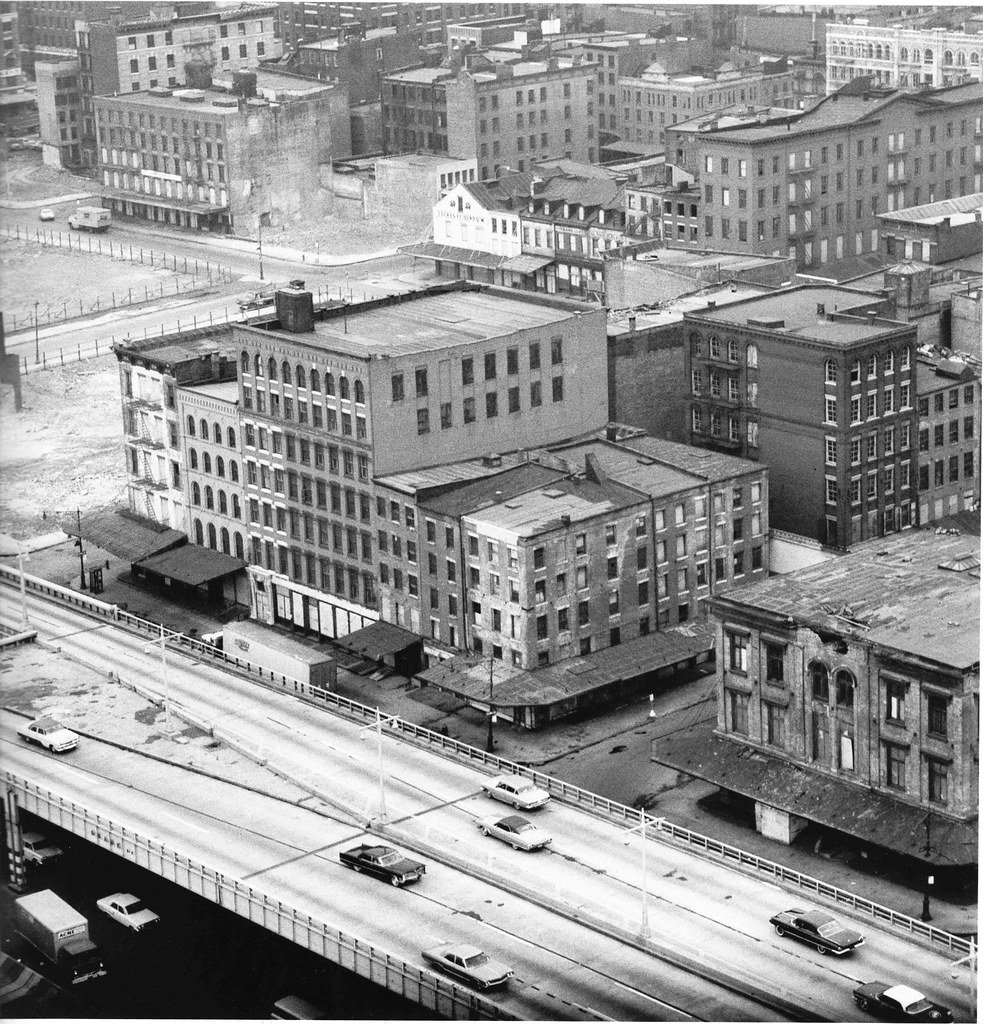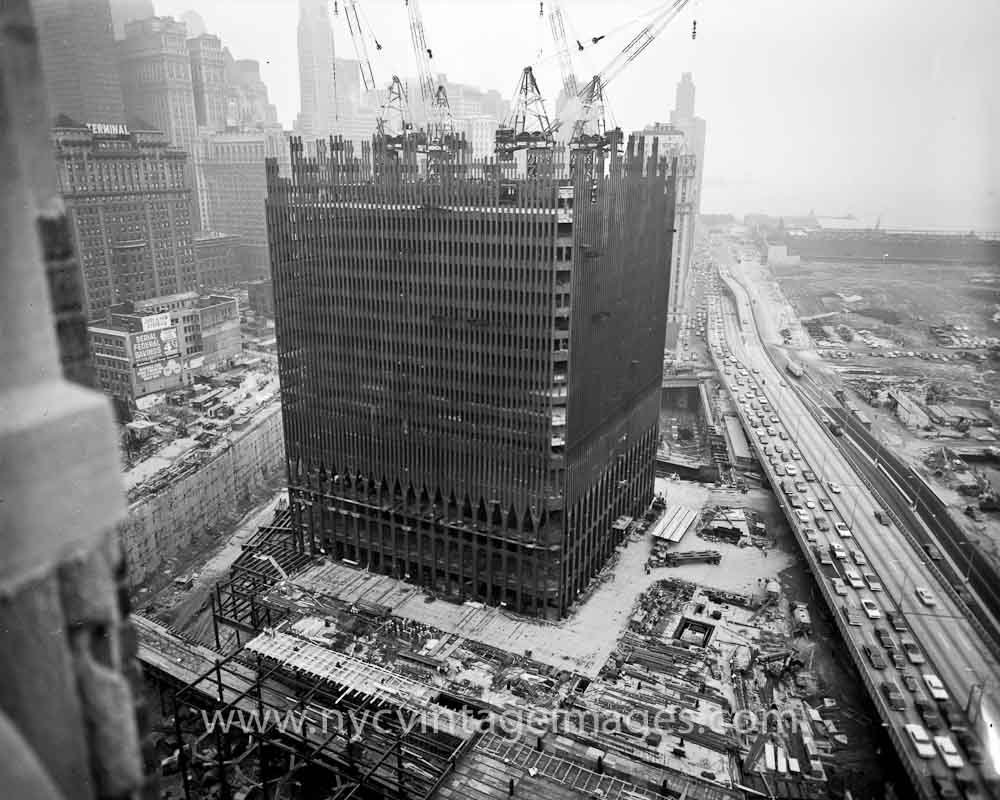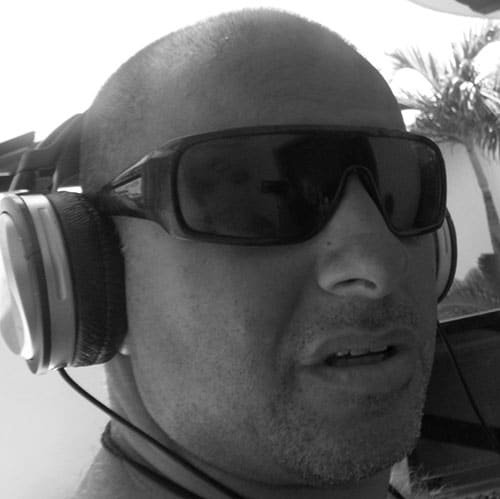NYC HISTORY! Radio Town, a song I recently recorded with MarcyElle, is inspired by and dedicated to the area where the World Trade Center once stood; a place called Radio Town
Previous to being built (pre-1970s), the area was called RADIO TOWN or RADIO ROW. There were a bunch of radio stores there….cool right?
New York City’s Radio Row, which existed from 1921 to 1966, was a warehouse district on the Lower West Side of Manhattan, New York City. Major firms that started there include Arrow Electronics, Avnet (founded by Charles Avnet in 1921), and Schweber Electronics.
The first of many radio-related stores was City Radio, opened in 1921 by Harry Schneck on Cortlandt Street, which became the central axis of a several-block area of electronics stores.

The New York Times made an early reference to “Radio Row” in 1927 when Cortlandt Street celebrated a “Radio Jubilee”. The Times reported that “Today … Cortlandt Street is ‘Radio Row,’ while Broadway is just a thoroughfare.” The street was closed and decorated with flags and bunting, and the Times reported plans for New York’s acting mayor Joseph V. McKee to present a “key to Cortland Street” to the then-reigning Miss New York, Frieda Louise Mierse, while a contest was held to name a “Miss Downtown Radio.”
Pete Hamill recalled that, as a child, “On Saturday mornings, I used to venture from Brooklyn with my father to Radio Row on Cortlandt Street in Lower Manhattan, where he and hundreds of other New York men moved from stall to stall in search of the elusive tube that would make the radio work again. Later, my brothers went there with him in search of television components. Radio Row was a piece of all our interior maps.”
In 1930, the Times described Radio Row as located on Greenwich Street “where Cortlandt Street intersects it and the Ninth Avenue Elevated forms a canopy over the roadway. … The largest concentration is in the block bounded by Dey Street on the north and Cortlandt on the south, but Radio Row does not stop there; it overflows around the corner, around several corners, embracing in all some five crowded blocks.” It estimated 40 or 50 stores in the vicinity, “all going full blast at the same time. There may be regulations prohibiting this vociferous practice, but if the radio dealers have anything to say it about it, it will never have the slightest effect along Radio Row. … The clamor is heard even as one walks through the subway tunnel to the street exit. … The first impression, and in fact the only one, is auditory, a reverberating bedlam, a confusion of sounds which only an army of loudspeakers could produce.” It noted, in addition to merchants selling radio sets, “others display mostly accessories … one shopkeeper last week featured a crystal set small enough to fit into a pocket, and another gave a prominent position to a bucket of condensers about an inch in the side.”
World War II was unkind to Radio Row, and in 1944 the Times lamented that the “one-time repository of nearly everything from a tube socket to a complete radio station” was “bargainless and practically setless, too, due to wartime scarcities” but that it still catered to “tinkerers and engineers” and that an “old spirit” and “magical quality” were still there. One shop said it was practically able to stay in business just by “making repairs on the electric meters burned out by the students of the city schools who were studying radio,” and all were optimistic about growing public interest in “two new kinds of radio: FM and television.”
But Radio Row rebounded. The used radios, war surplus electronics (e.g., ARC-5 radios), junk, and parts often piled so high they would spill out onto the street, attracting collectors and scroungers. According to a business writer, it also was the origin of the electronic component distribution business.
Demolition
Radio Row was torn down in 1966 to make room for the World Trade Center.
Planning for its demise began five years earlier when the Port Authority of New York and New Jersey rejected a proposal to build the new complex on the east side of Lower Manhattan. Instead, officials chose a site on the west side, near the Hudson and Manhattan Railroad terminals, and began planning to use eminent domain to remove the shops in the area bounded by Vesey, Church, Liberty, and West streets.
Local opposition arose to the decision to raze the streets on the west side for the World Trade Center.
Sam Slate reported on this for WCBS Radio in 1962:
Shaping up in New York City is a legal battle of overriding importance. Its outcome will conceivably affect us all. If the considerable power of the Port Authority is allowed to dispossess the merchants of Radio Row, then, it is our conviction, no home or business is safe from the caprice of government.
The city also objected to the compensation given for the streets themselves obscured by the superblock.
A committee of small business owners led by Oscar Nadel took exception to the Port Authority’s offer of $30,000 to any business in the condemned area, regardless of its size or age. Nadel’s group, who estimated that businesses in the area employed 30,000 people and generated $300 million per year, sued the Port Authority. But the court ultimately threw out the case, called Courtesy Sandwich Shop v. Port of New York Authority, in November 1963 “for want of a substantial federal question”.
After the closing of these stores, the concentration of radio retailers was not duplicated elsewhere in New York. Some clusters of radio and electronics stores were created or added to in the Canal Street and Union Square areas.
A large black-and-white photo mural of Radio Row can be viewed at the World Trade Center Port Authority Trans-Hudson station.


See More Photos of Radio Town here at SkyScraperCity.com
Radio Town is written by the infamous New York Singer-Songwriter Brian Jay Cline and performed by JOHNNY PUNISH with MARCY ELLE, this stuff rocks out alternative rock style. Enjoy!
LYRICS
We used to walk down every street moving to the beat inside our heads, our heads.
The skyscrapers were looking down to shade our way and follow us around, downtown.
Memories were fading fast, portraits of a checkered past hearts wound up in the lost and found
in a place called Radio Town
a place called Radio Town
sad to hear you won’t be coming a-round, oh yeah
World was ours to keep no one else could wake us from our sleep, much too deep
Thought the days would never end now I know I’ll never see your face, again
Cause you went your way I went mine we grow older we might find that now and then we still might hear the sound
from the streets of Radio Town
the streets of Radio town
so sad to hear you won’t be coming ‘round, oh yeah
my friends all good things must come to an end
I can honestly say I would never ever trade a day
from the past such a shame they never last with a smile
sublime with you we’re frozen in time, immmmeee… oh
We used to walk down every street moving to the beat inside our heads, our heads
Skyscrapers were looking down to shade our way and follow us around, downtown
I cried the day it all came down no innocence to be found until the day we die we’ll both be bound
to the streets of Radio Town
the streets of Radio Town
sad to know you won’t be coming round
the streets of Radio Town
this used to be our home town
the streets of Radio Town

Johnny Punish founded VT in 2004. After 20 years at the helm, he “retired” from the daily operations in late 2023 passing the ball over to the new owner of VT, Chief Justin Time. He now writes for VT as “Writer Emeritus”. He is also a global citizen eco-activist, visionary, musician, artist, entertainer, businessman, investor, life coach, podcast host, and syndicated columnist.
Punish is an ethnically cleansed Palestinian-American whose maternal family was evicted from their home in Haifa, Palestine in 1948 by Irgun; a Euro-Zionist Settler Terrorist Group. The family became part of the over 1,000,000 Palestinians who are Al-Nakba refugees (The Catastrophe). The family fled to Beirut Lebanon for 13 years eventually emigrating to the USA in 1961 via a Brasilian passport obtained by his Palestinian Brasilian-born grandmother (In the early 1900s, the family was sent to Sao Paolo Brasil as guest workers in the mining industry. Punish’s father is Italian-American from New York City. Punish’s paternal great-grandparents emigrated to the USA from Naples Italy and Marineo in Sicily in the 1890s. Punish was born in the Bronx, New York in 1963.
Punish was educated at the University of Nevada Las Vegas (1980-81) and California State University Fullerton (1981-1984) with studies in accounting and business. Before the “internets” had been invented, he owned and ran (5) national newspapers in the United States of America from 1987-1998. From 2004 to 2023, he owned and managed VT Foreign Policy retiring at the end of 2023.
Punish is also a recording artist. He has over 100 original songs written. He records and produces music. A member of ASCAP, Punish has several songs placed in feature films. His music is promoted worldwide and played on all digital networks and net radio.
He is also the founder and owner of Global Thinkers, a freedom media that helps free thinkers create real wealth.
Resources: Facebook – YouTube – Apple Music – SoundCloud – Spotify – X (Twitter)
Read Johnny’s Full Bio at JohnnyPunish.com >>>
ATTENTION READERS
We See The World From All Sides and Want YOU To Be Fully InformedIn fact, intentional disinformation is a disgraceful scourge in media today. So to assuage any possible errant incorrect information posted herein, we strongly encourage you to seek corroboration from other non-VT sources before forming an educated opinion.
About VT - Policies & Disclosures - Comment Policy



